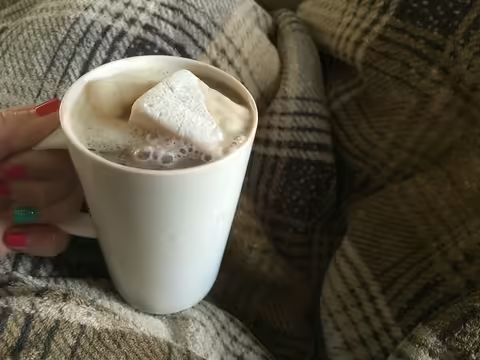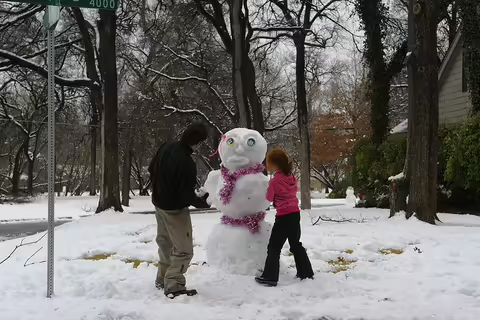
I once heard a succinct description of natural process as “everything points towards winter”. As a Midwesterner not so fond of cold, my immediate response to this synopsis was denial but with time, I’ve come to adore this mentality. Annual plants know they have one growing season to complete their life cycle, racing to reproduce before the frost arrives. The leaves of perennial plants produce the carbohydrates that are stored in root systems to be utilized the following spring. And animals have developed a variety of strategies for surviving winter: hibernation, migration, or adaptation.
Although we live in more elaborate houses and have developed technologies that allow us to maintain a more moderate interior climate, winter still impacts our health and well-being. If migration is not an option, navigating the cold Midwestern winters can be done so health and happiness don’t suffer.
Hibernation
Technically, it is not possible for humans to hibernate. Hibernation is a reduction in an animal’s metabolism for the conservation of energy. Endotherms are animals that can regulate their body temperature with internally produced heat. This energy production requires calories and for many animals, winter can be a challenging time to find food. Animals that can lower metabolism and reduce body function also reduce calorie requirements. Hibernating animals rely on body fat reserves or stock-piled food, both of which were acquired in preparation for winter.
Although not technically hibernating, Scandinavian cultures practice a philosophy known as “hygge”, an attitude of enjoying the slower, quieter pleasures of life. Getting cozy during winter months can provide a contrast to the busyness of the warmer months. During these periods of rest, time can be used to build back motivation, reflect on seasons past, and plan for future endeavors. Activities reflective of the hygge practice include reading a book in front of a fire, baking a recipe from scratch, playing board games with friends, sipping hot cocoa or coffee snuggled under cozy blankets, or writing a letter to a friend.
Adaptation
It is unrealistic to think Midwesterners will spend all winter indoors, in fact, it isn’t good for our health. Like other species, habits and strategies have been developed to help cope with winter.
As day length decreases and outdoor exposure is reduced, mental health can be negatively affected. According to the American Psychological Association, seasonal affective disorder (SAD) is a type of depression typically associated with winter months. To combat seasonal mood shifts, spending time outdoors is recommended. Taking a woodland walk, building a snowman, snowshoeing, shoveling snow or bird watching in a park can contribute to an improved winter mentality.
Being outdoors in winter provides access to a variety of physical benefits. Vitamin D is essential in maintaining bone health and is obtained through exposure to the sun. Exercising in cold temperatures can result in more calories burned as the body increases basal metabolic rates to maintain core temperatures. And maintaining an active lifestyle throughout the winter will help reduce injury and fatigue once the seasons’ change and spring activities resume.
Going outside in the winter months requires preparation and precaution. Checking the weather forecast and wearing appropriate clothes results in a safer, more enjoyable experience in winter weather. The Centers for Disease Control and Prevention recommends dressing in layers, staying dry, and being prepared to seek shelter if shivering becomes constant.
Good Growing Fact of the Week: Tending houseplants in winter months can provide psychological and physical benefits such as increased feelings of wellness, a reduction in stress, a feeling of a sense of purpose, and improved air quality.
Hot cocoa photo: "Starbucks Cozy Hot Cocoa Keurig K-Cup" by Melissa Hillier is licensed under CC BY 2.0.
Snowman photo: "Dad & Daughter Building A Snowman, Er, S" (CC BY-SA 2.0) by Robert W. Howington
Sign up for our emails! Want to get notified when new Good Growing posts are available? SIGN ME UP
MEET THE AUTHOR
Emily Swihart is a Horticulture Educator with University of Illinois Extension, serving Henry, Mercer, Rock Island, and Stark counties since 2021. Emily provides horticulture programming with an emphasis on trees, native vegetation, and home landscape design.

